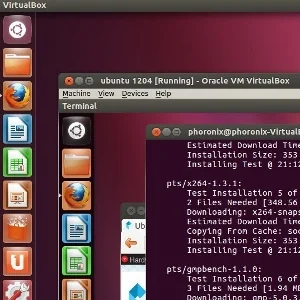VirtualBox Gets OpenGL Acceleration Support

The hardware-accelerated OpenGL support is deemed experimental in VirtualBox 2.1. OpenGL support is only exposed to Windows XP and Windows Vista 32-bit guests at this time, but support for other platforms is expected in the future. Additionally, Sun Microsystems also has plans for supporting DirectX acceleration of guest operating systems in a future release. All the guest OS needs to do is install an OpenGL driver for what is recognized as a virtual hardware device that in turn communicates with the host's GPU.
The new Intel Core i7 features supported in VirtualBox 2.1 are for Extended Page Tables (EPT) and Virtual Processor Identifiers (VPI) functions.
Several other changes have also been made in VirtualBox 2.1 including support for up to eight network devices per virtual machine, a few API changes, improved performance in different areas, GUI fixes, and enhanced ATAPI pass-through support.
The complete change-log for VirtualBox 2.1 (along with download links) can be found at VirtualBox.org. With Sun now focusing upon hardware 3D acceleration in guest VMs through VirtualBox and VMware recently acquiring Tungsten Graphics, times are certainly interesting in the world of virtualization.
26 Comments

